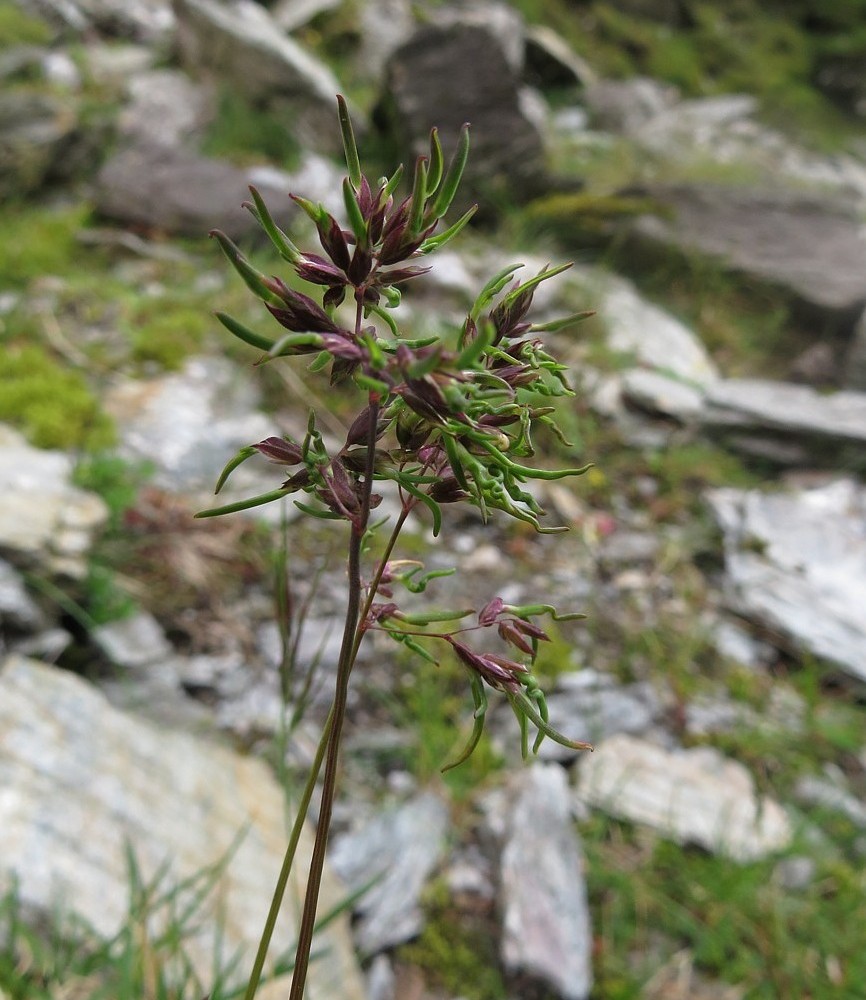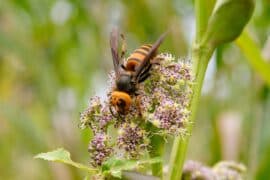Alpine meadow-grass
(Poa bulbosa)

Description
Poa alpina, commonly known as alpine meadow-grass or alpine bluegrass, is a species of grass with a primarily holarctic distribution. It is noted for being pseudoviviparous: in place of seeds, it sometimes it reproduces asexually, creating new plantlets in the spikelets. Poa is a genus of about 570 species of grasses, native to the temperate regions of both hemispheres. Common names include meadow-grass (mainly in Europe and Asia), bluegrass (mainly in North America), tussock (some New Zealand species), and speargrass. Poa (πόα) is Greek for "fodder". Poa are members of the subfamily Pooideae of the family Poaceae. Bluegrass, which has green leaves, derives its name from the seed heads, which are blue when the plant is allowed to grow to its natural height of two to three feet (0.6 to 0.9 meters). The genus Poa includes both annual and perennial species. Most are monoecious, but a few are dioecious (separate male and female plants). The leaves are narrow, folded or flat, sometimes bristled, and with the basal sheath flattened or sometimes thickened, with a blunt or hooded apex and membranaceous ligule. Many of the species are important pasture plants, used extensively by grazing livestock. Kentucky bluegrass (Poa pratensis) is the most extensively used cool-season grass used in lawns, sports fields, and golf courses in the United States. Annual bluegrass (Poa annua) can sometimes be considered a weed. According to second-century physician Galen, the roots of certain species are good for treating fresh wounds and bleeding. In the sixteenth century, Poa grasses were used to treat inflammation of the kidney. Some of the Poa species are popular for gardens and for landscaping in New Zealand.
Taxonomic tree:







